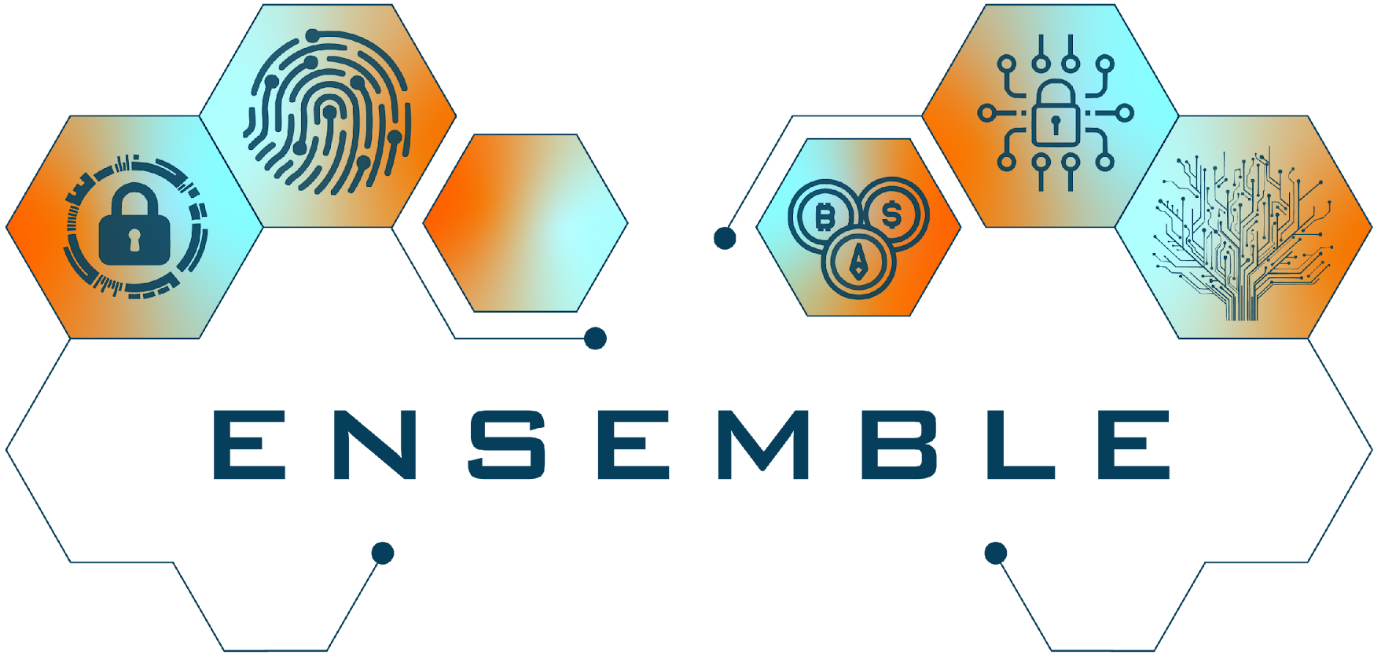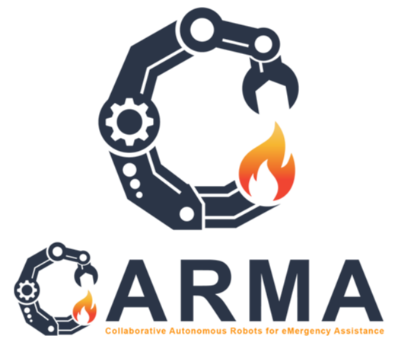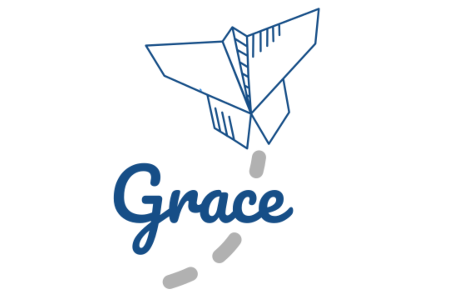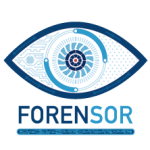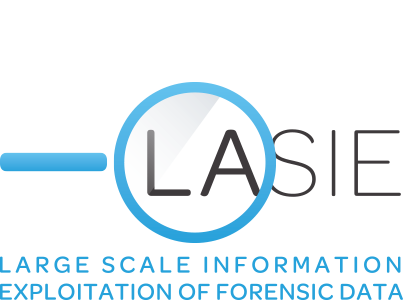Advanced hoListic Adverse Drone Detection, Identification Neutralization
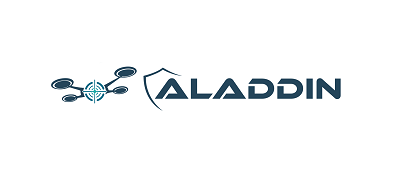
ALADDIN
ALADDIN will study, design, develop, and evaluate, in series of complementary pilots, a counter UAV system as a complete solution to the growing UAV threat problem, building upon a state-of-the-art system and enhancing it by researching on various technologies and functionalities. ALADDIN will follow a holistic and heavily user centred methodology involving a large number of LEAs and critical infrastructure operators, as well as an expert Advisory Board panel ensuring end-user diversity, as they all face different kinds of threats and work within different regulatory frameworks.
This diversity is important to shape EU-wide system specifications and the innovative training curricula and training that will be realised to share the knowledge gained and raise awareness. Furthermore, within the project all regulations, social, ethical and legal elements will be studied thoroughly and continuously with an impact assessment produced and its results monitored during the project’s lifetime.
ALADDIN’s sensing arsenal is comprised of a set of custom, innovative, and unique technologies as well as established and standard sensors used for UAV detection and localisation:
- 2D/3D paired radars,
- Innovative optro and thermal panoramic imaging,
- Custom designed acoustic sensors.
These will be fused through novel deep learning techniques in order to provide excellent detection accuracy. Further, ALADDIN will study and offer a set of neutralization effectors (jammers, physical and hacking). These sensing and countering capabilities will be operated through an advanced command and control (C2) system. The C2 will achieve great detection and classification accuracy within a large range, by fusing data acquired from all sensors through state-of-the-art deep learning techniques. Operator’s efficiency will be enhanced through a novel mixed reality interface with 3D cartographic and situational elements and will be complemented by support to operations like investigation and trainings.
VCL's role in the project includes the development of Deep Learning methodologies for the pre-processing and analysis of each modality (2D/3D radars, optro, thermal, acoustic) to detect and track enemy targets. Moreover, VCL will work in the fusion of those modalities to produce a single robust detector for UAV threats.

